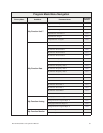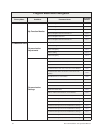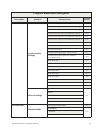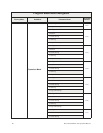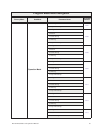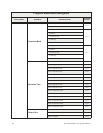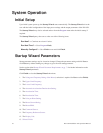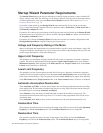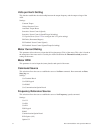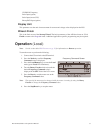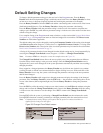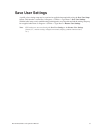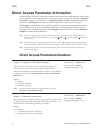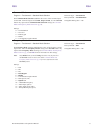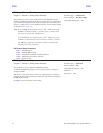H9 ASD Installation and Operation Manual 71
Startup Wizard Parameter Requirements
The Startup Wizard queries the user for information on the I/O signal parameters, control, and the EOI
display settings of the ASD. The ASD may also be setup by directly accessing each of the startup settings
via the Program menu or the associated Direct Access Numbers (see the section titled Direct Access
Parameter Information on pg. 76).
Upon initial system power up, the Startup Wizard starts automatically. It may also be run from the
Program menu after startup, if required. The user is queried to either (1) Run Now, (2) Run Next Time, or
(3) Manually Configure the ASD.
If selection (2) is chosen, the system returns to the Program menu and will default to the Startup Wizard
on the next power up. If selection (3) is chosen, click the subsequent Finish box and the system returns to
the Frequency Command screen.
If selection (1) is chosen, the Startup Wizard will start and assist the user with the configuration of the
H9 Adjustable Speed Drive using the following user-input screens.
Voltage and Frequency Rating of the Motor
Motors are designed and manufactured to be operated within a specific voltage and frequency range. The
voltage and frequency specifications for a given motor may be found on the nameplate of the motor. Click
on the voltage and frequency of the motor being used.
Upper Limit Frequency
This parameter sets the highest frequency that the H9 will accept as a frequency command or frequency
setpoint. The H9 may output frequencies higher than the Upper Limit Frequency (but, lower than the
Maximum Frequency) when operating in the PID Control mode, Torque Control mode, or the Vector
Control modes (sensorless or feedback).
Lower Limit Frequency
This parameter sets the lowest frequency that the H9 will accept as a frequency command or frequency
setpoint. The H9 will output frequencies lower than the Lower Limit Frequency when accelerating to the
lower limit or decelerating to a stop. Frequencies below the Lower Limit may be output when operating
in the PID Control mode, Torque Control mode, or the Vector Control modes (sensorless or feedback).
Automatic Acceleration/Deceleration
When Automatic ACC/DEC is chosen, the H9 adjusts the acceleration and deceleration rates according
to the applied load. The minimum accel/decel time may be set using F508. The motor and the load must
be connected prior to selecting Automatic Accel/Decel.
Select Manual to allow the settings of F009 and F010 to control the accel/decel, respectively. The
acceleration and deceleration times range from 12.5% to 800% of the programmed values for the active
acceleration time.
Select Automatic ACC Only to allow for the acceleration rate to be controlled automatically only.
Acceleration Time
This parameter specifies the time in seconds for the output of the ASD to go from 0.0 Hz to the Maximum
Frequency for the #1 Acceleration profile. The Accel/Decel Pattern may be set using F502.
Deceleration Time
This parameter specifies the time in seconds for the output of the ASD to go from the Maximum
Frequency to 0.0 Hz for the #1 Deceleration profile. The Accel/Decel Pattern may be set using F502.



